Maple Candy On Snow
- Apr 3, 2022
- 3 min read
ADAPTED FOR NO SNOW

Recipe & Notes
To make maple candy on the snow, boil a few inches of real maple syrup in a deep heavy saucepan until it forms a soft ball when you drop a little into cold water (232 degrees on a candy thermometer). Let it cool for a few minutes while you get a big panful of clean fluffy snow. Pack it down a little and pour spoonfuls of the syrup onto the snow. It should harden at once into a waxy candy. You’ll need several pans of fresh snow for a crowd.
Adaptation: Since I didn’t have any snow, I lined a metal pan with parchment paper and put it in the freezer for several hours. When the syrup was cooked I poured it into the cold pan then put it back in the freezer to chill and firm up. Did I really make maple candy? I’m not sure. Is it delicious? Heck yeah!
Tips: They aren’t kidding when they say use a deep pot. Start with your deepest. Don’t be like me and have to switch to bigger pots twice during the process. It’s stressful and makes the process more difficult. I found that my maple candy needs to stay in the freezer or it gets too sticky to handle/eat. When frozen you can break pieces off easily and they thaw very quickly to eat. Putting it in the fridge to thaw for a bit is also an option, then kitchen scissors work well for cutting pieces.
History
It’s Mnookimi, time to head to the Ziisibaakodokaanging!
(It’s Spring, time to head to the Sugarbush!)
For this week’s recipe we have decided to focus not on a specific dish but instead on a key ingredient found right here in the Saginaw Valley, maple sugar.
Maple sap and the production of maple syrup have a long history. According to the Ziibwing Center of Anishinabe Culture and Lifeways in Mt. Pleasant, “The Anishinabek have been gathering for many generations to make maple sugar during the time of the year when boon (winter) gives way to mnookimi (spring).”
Then, like now, the spring weather of cold nights and warmer days made the sap run.
Making sugar and syrup from the sap required hard work and skill. The Anishinabek tradition of harvesting maple syrup usually involved a large extended family. Hundreds of wiigwaas (birchbark) containers had to be constructed for sap collecting and maple sugar/syrup storage. During sugar making, a fire would burn for many days, so a stockpile of wood had to be gathered for these fires. Mitigonaagan (large trench-like bowls) had to be carved out of logs. These bowls were used to work the syrup into granulated sugar. The sap was carefully boiled in these bowls on a huge piece of slate or flat rocks.
The knowledge that was passed down through the generations was essential to producing good sugar and syrup. It is not as simple as boiling the sap down. Sap had to be strained and initially warmed before being cycled through a series of boiling containers; eventually being transformed into syrup or sugar. If the process was not done correctly, the whole batch could be ruined.
Food has that universal quality of bringing people together, and it was true for the Anishinabek as well: “It was much like a holiday celebration that our ancestors looked forward to throughout the year, when the maple sugar was finished, and candies were shared.”
Michigan is still abundant with maple trees, so it’s no surprise that maple syrup is still produced here. The methods have changed over time, but people continue to tap trees and boil sap to make maple syrup. We still love that sweet, sticky treat!
For more about Anishinabek history and culture, visit: http://www.sagchip.org/ziibiwing/
In addition to our candy preparation images and the cover to the Ziibiwing Center’s gallery guidebook, all images are from the exhibit at the Ziibiwing Center.






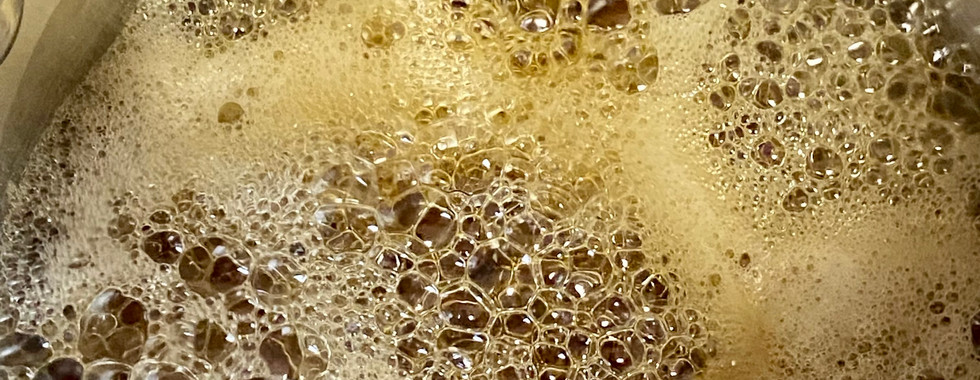






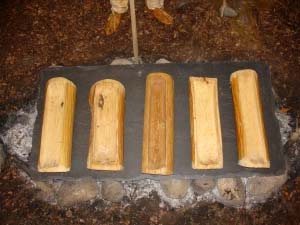
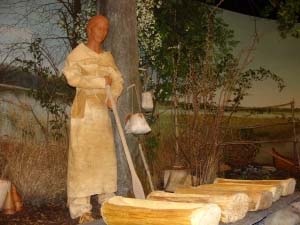

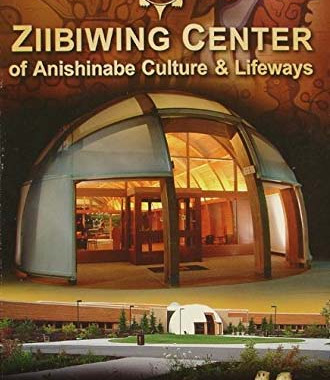

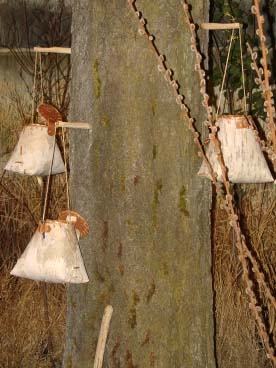



Comments